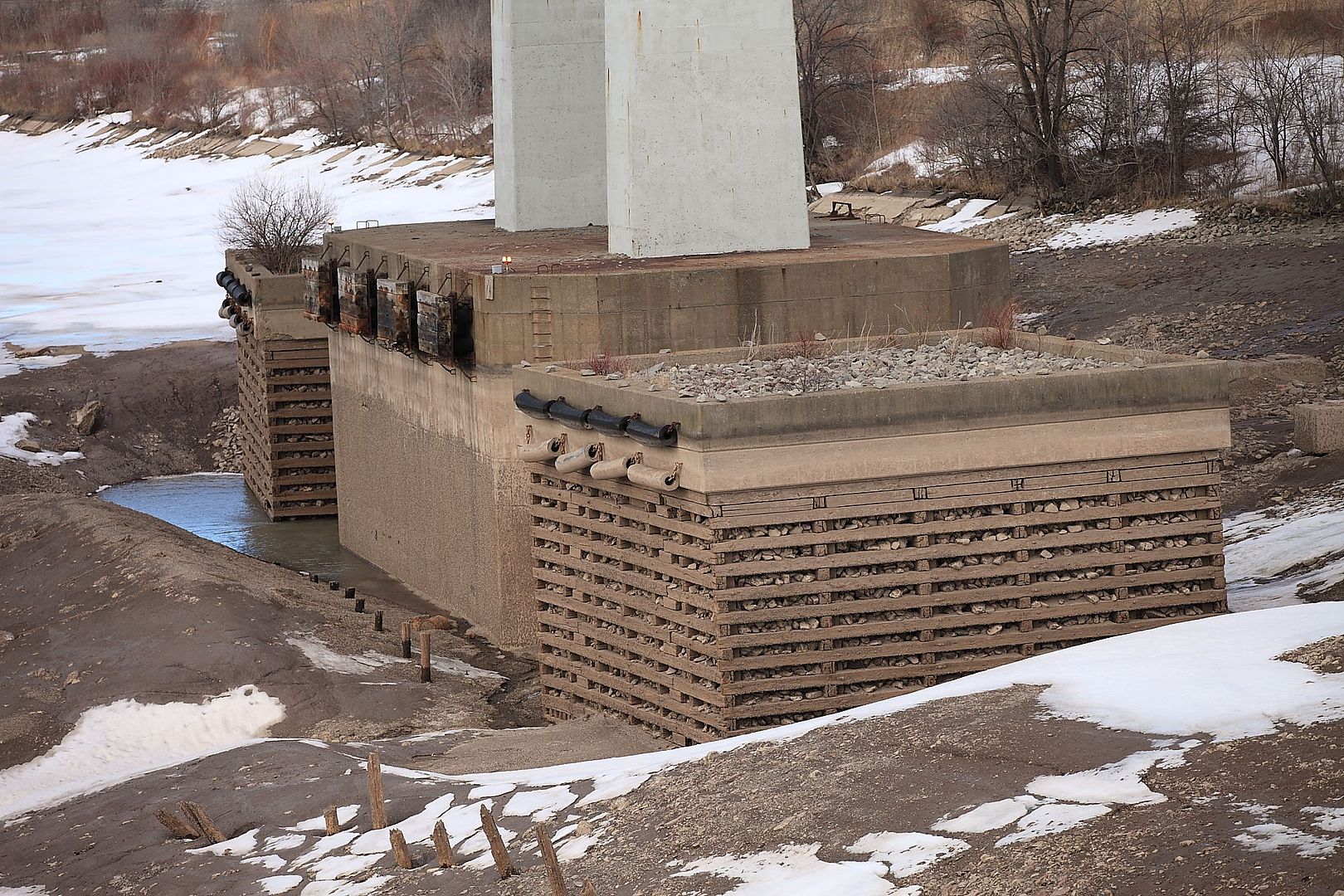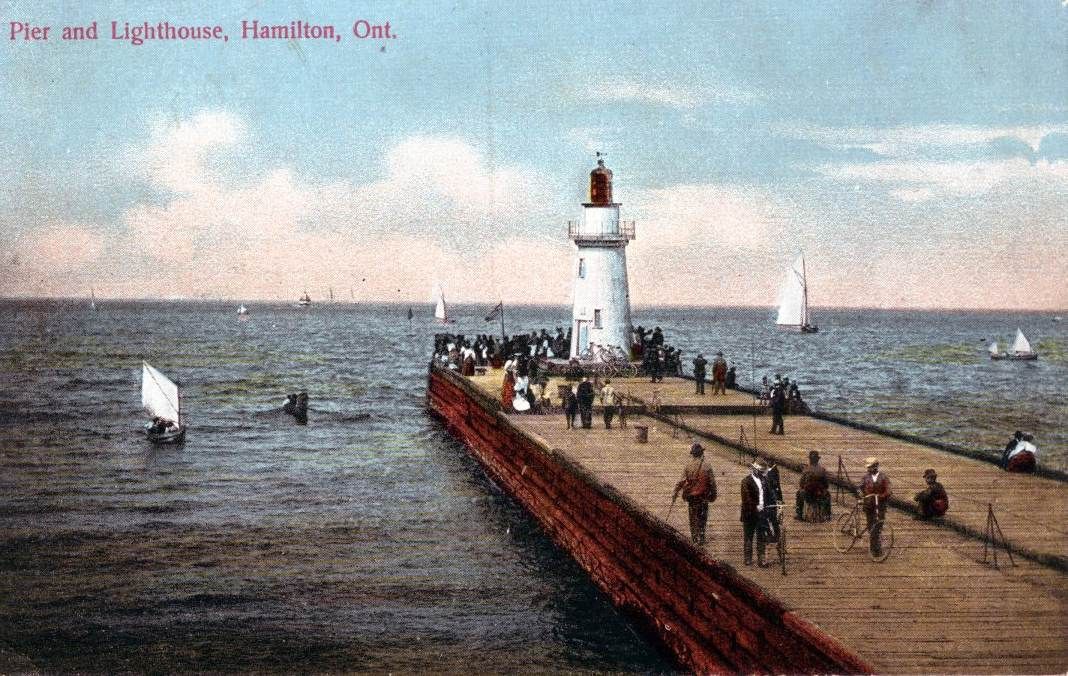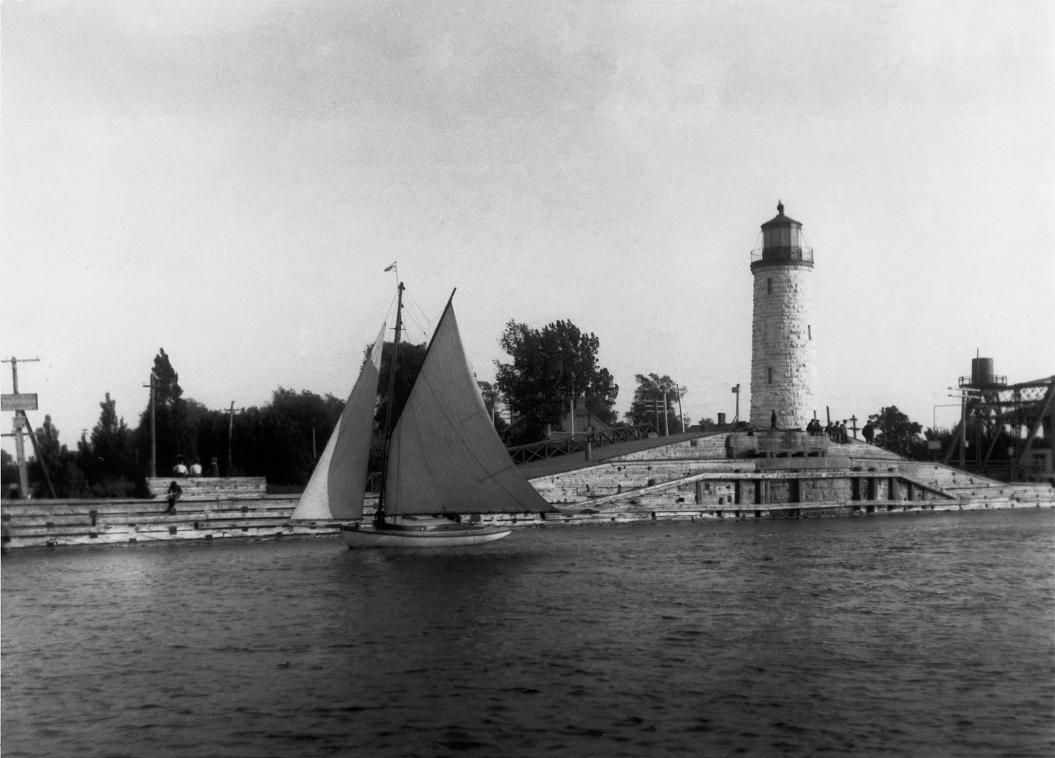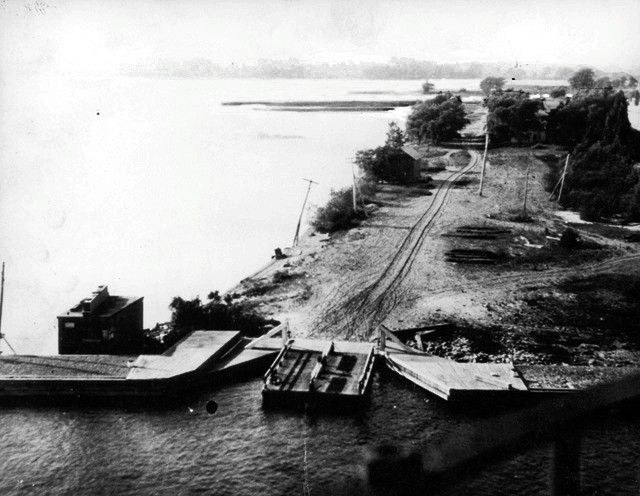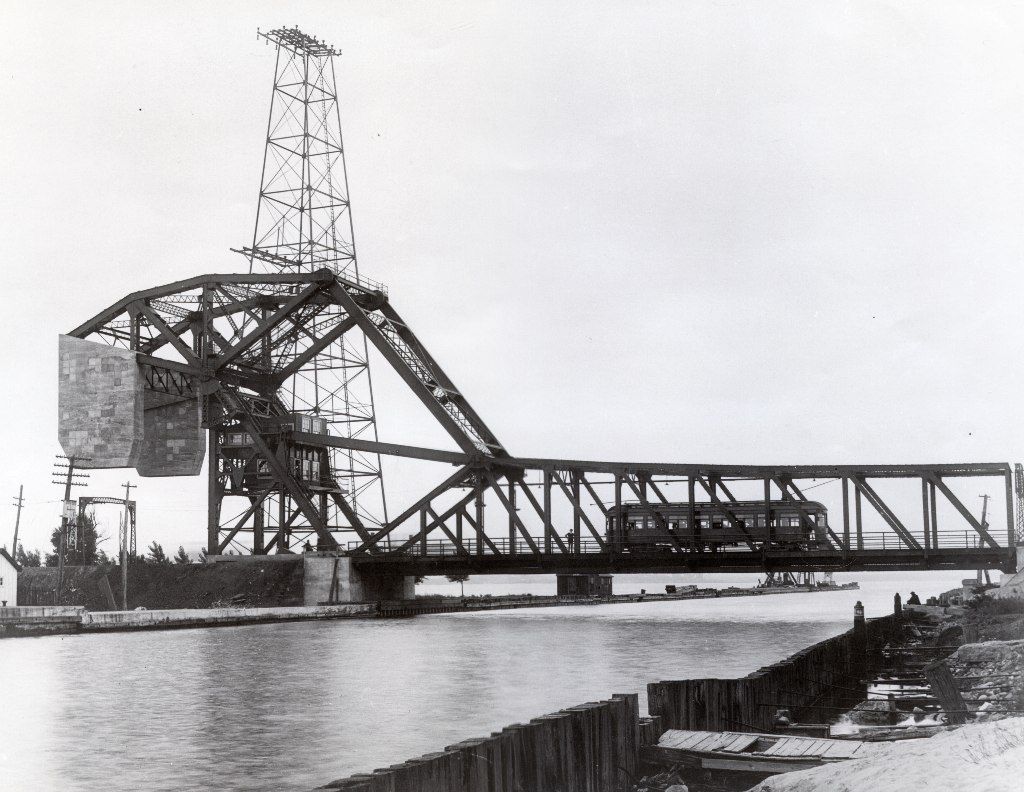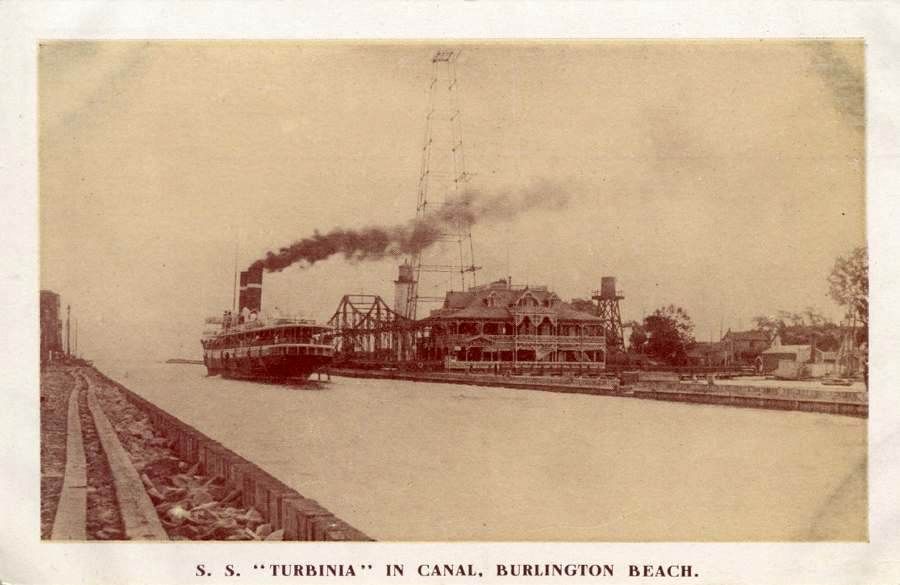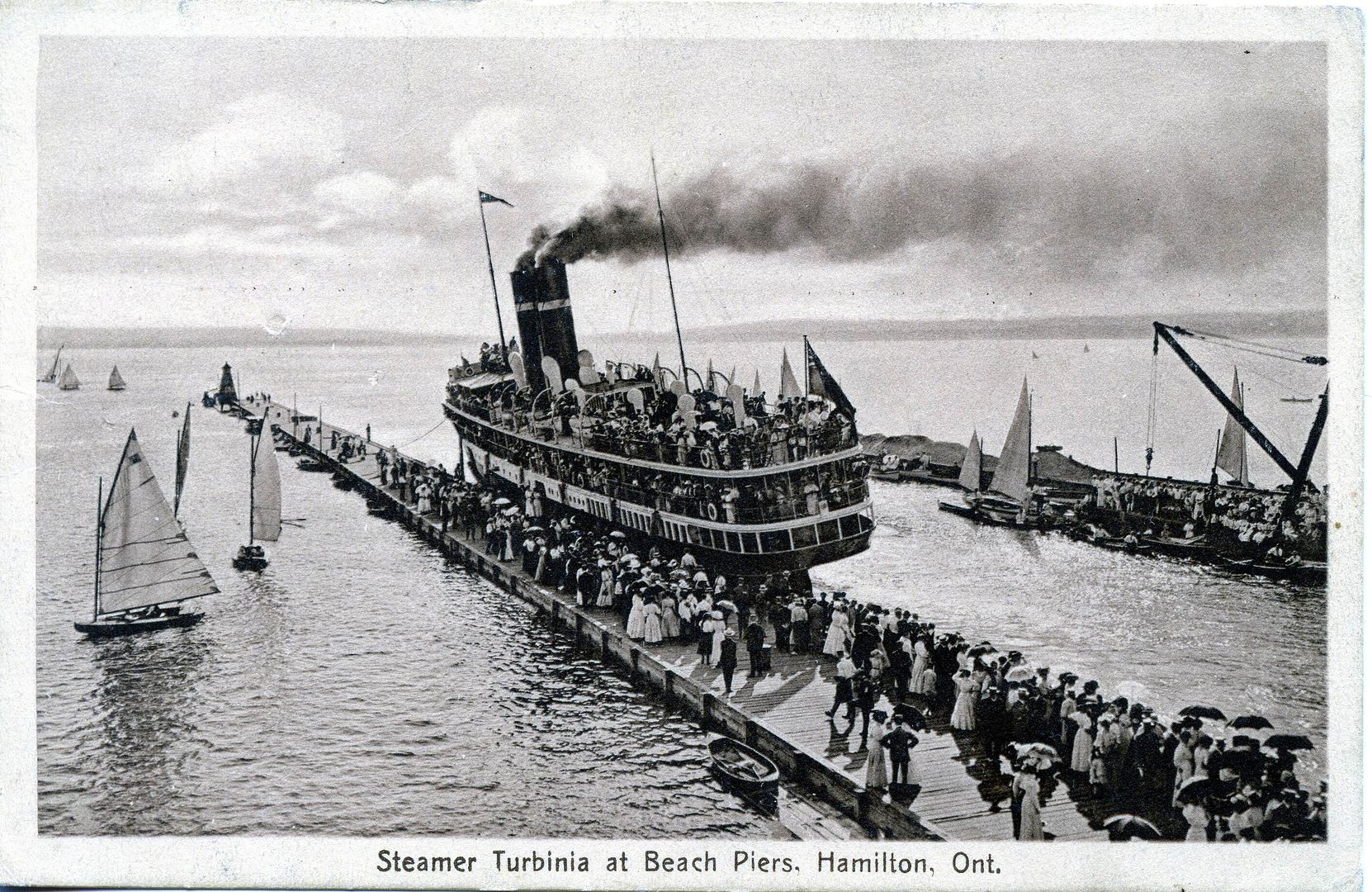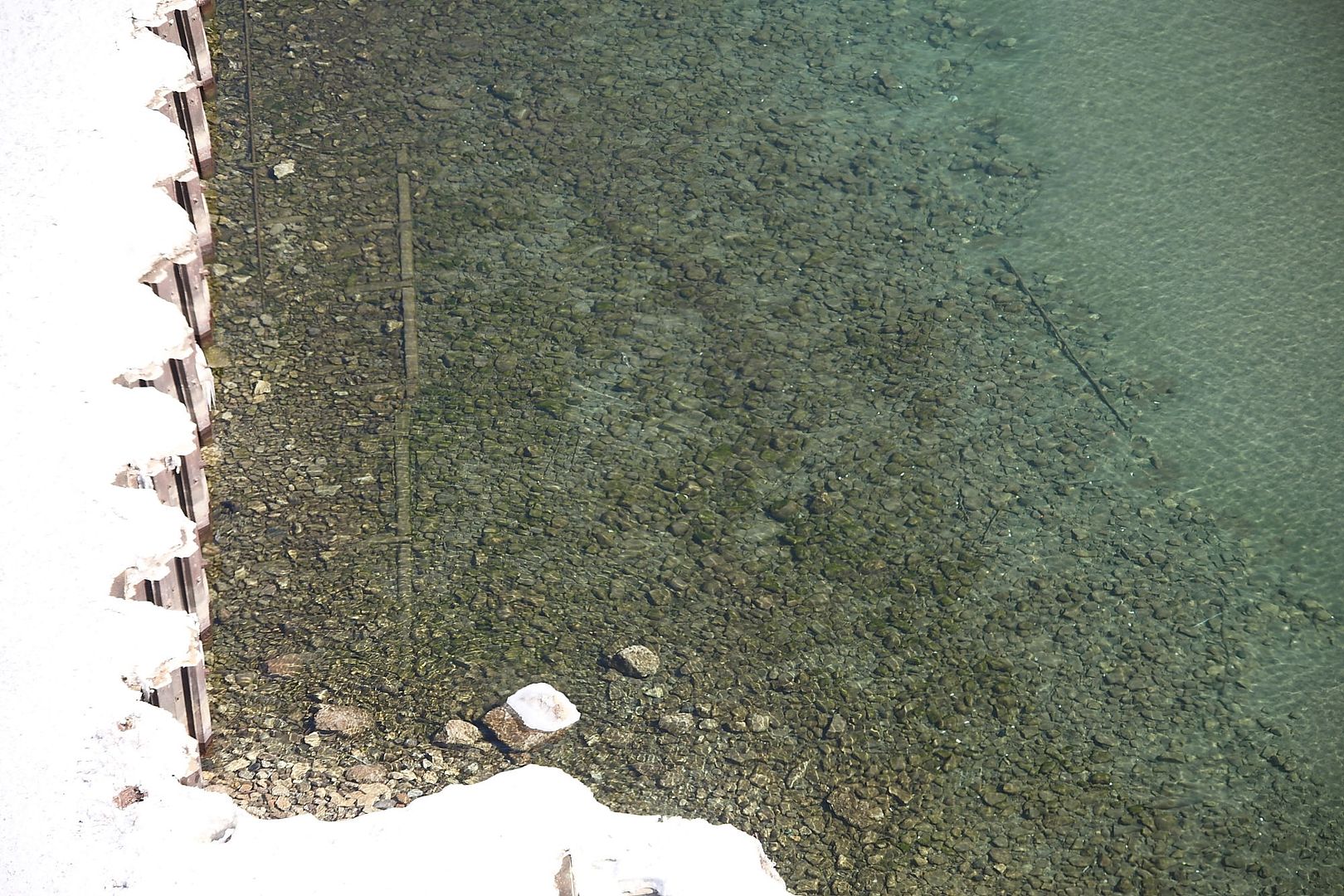Drogo,
“Cribs are gravity walls. They aren't pile driven into the ground. You can dig and set them in and they will finish "settling" themselves. Living on Fifty Point for 35 years you can trust I have helped build my share of retaining walls. Today gabion walls do the same thing. Pre cut wire fence that you wire together and fill with stone. Sit them on the beach and wave action settles them to clay base. Their weight and length stop them from rolling over.”
Drogo,by your theory, the only part of the cribs that would have been submerged by waves, would have been at the lake. I still think the cribs were pile driven in to the sand.
“Cribs are gravity walls. They aren't pile driven into the ground. You can dig and set them in and they will finish "settling" themselves. Living on Fifty Point for 35 years you can trust I have helped build my share of retaining walls. Today gabion walls do the same thing. Pre cut wire fence that you wire together and fill with stone. Sit them on the beach and wave action settles them to clay base. Their weight and length stop them from rolling over.”
Drogo,by your theory, the only part of the cribs that would have been submerged by waves, would have been at the lake. I still think the cribs were pile driven in to the sand.
